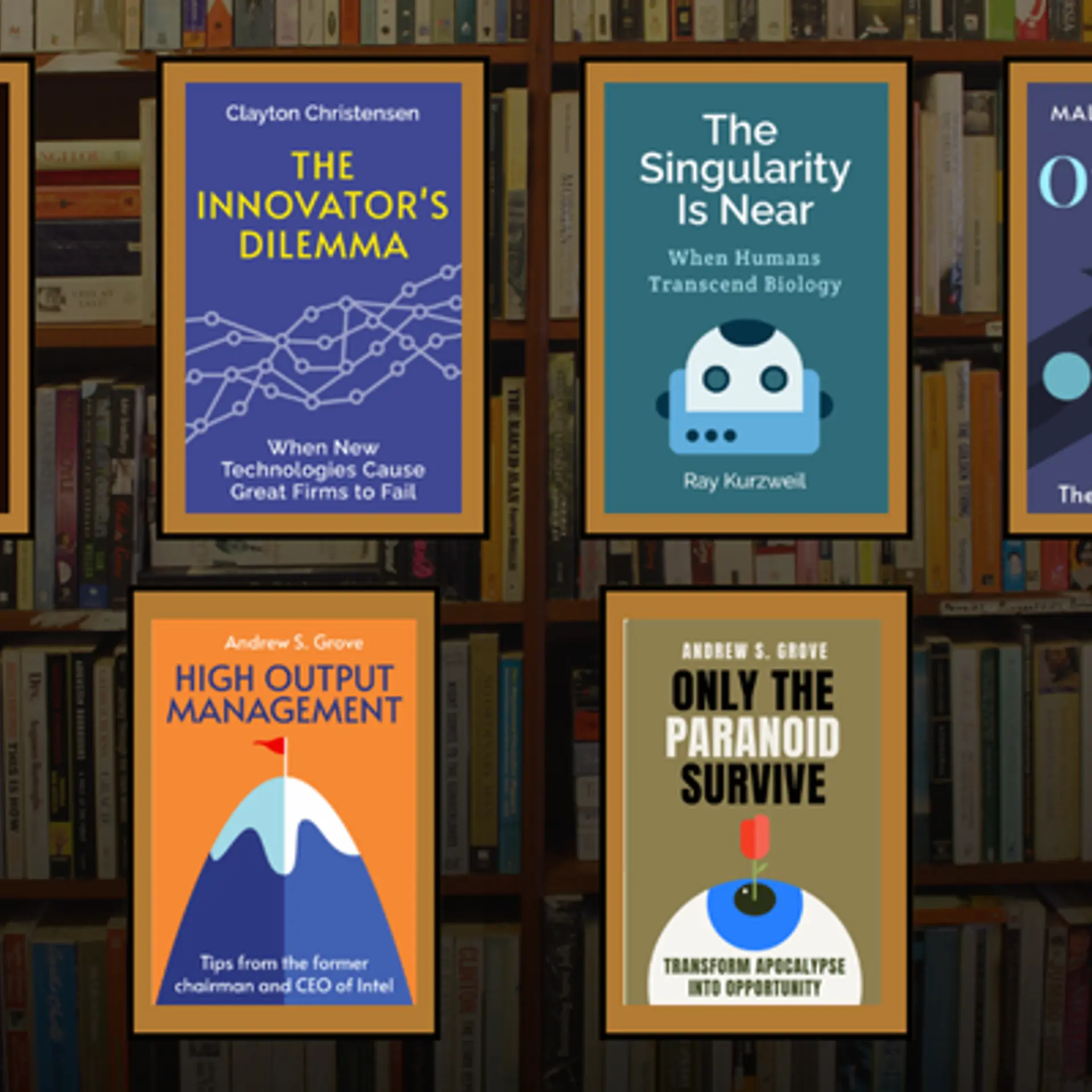Gold Demystified: Your Ultimate Guide to Understanding and Investing in Gold
This article demystifies gold, explaining its historical significance, investment benefits, market dynamics, and the differences between gold and Bitcoin, providing a comprehensive guide for informed investing.
The financial markets are anything but boring. A lot can happen in a given week, month, or even days. Whenever something significant occurs, we instinctively turn to experts to understand what's happening. But often, we end up with more questions than answers due to the experts' fancy language and jargon. This has been a common problem in the gold market. So, let's demystify gold, from its investment appeal to its market dynamics, in an engaging, straightforward manner.
Why Gold? The Ancient Allure and Modern Investment
Gold has fascinated humans for thousands of years, serving as a symbol of wealth, power, and beauty. Beyond its historical allure, gold remains a crucial asset in today's financial markets. Here’s why:
- Store of Value: Gold is renowned for maintaining its value over time, especially during economic uncertainties. Unlike paper currency, which can be devalued by inflation, gold remains a stable store of value.
- Hedge Against Inflation: While not a perfect hedge, gold often appreciates during high inflation periods, protecting purchasing power.
- Safe Haven: In times of geopolitical instability or financial turmoil, investors flock to gold, driving up its price. It's seen as a safe asset that can preserve wealth when other investments falter.
- Diversification: Adding gold to an investment portfolio can reduce overall risk due to its low correlation with other asset classes like stocks and bonds.
The Gold Supply Chain: From Ground to Gold Bars
Gold's journey from the earth to your investment portfolio is intricate. It starts with mining, where gold is extracted from the ground. The major gold-producing countries include China, Russia, Australia, Canada, and the US. Once mined, gold undergoes refining to remove impurities, resulting in nearly pure gold bars.
These bars enter the supply chain, where they are used to create coins, jewelry, and investment products like ETFs. The gold market is truly global, with operations spanning every continent except Antarctica. This diverse supply base helps stabilise the market, reducing the impact of disruptions in any single region.
Investment Options: Physical Gold vs. Gold ETFs
When considering gold as an investment, you have several options:
- Physical Gold: This includes bars and coins. While tangible, physical gold requires secure storage and insurance.
- Gold ETFs: These exchange-traded funds track the price of gold and offer a convenient, liquid way to invest without the need to store physical gold.
- Gold Bonds: In some countries like India, sovereign gold bonds offer the dual benefits of interest payments and price appreciation, making them an attractive investment option.
Market Dynamics: What Drives Gold Prices?
Several factors influence gold prices, making it a unique asset class:
- Economic Indicators: Interest rates and inflation rates play significant roles. Typically, lower interest rates and higher inflation increase gold’s appeal.
- Currency Movements: Since gold is priced in US dollars, a weaker dollar makes gold cheaper for investors using other currencies, boosting demand.
- Central Bank Policies: Central banks are significant gold buyers, especially in emerging markets. Their purchasing decisions can drive market trends.
- Market Sentiment: Geopolitical tensions, economic crises, and even speculative trading can cause short-term price fluctuations.
The Future of Gold: Trends and Considerations
Looking ahead, several trends could shape the gold market:
- Technological Advances: Innovations in mining and refining processes could impact supply.
- Geopolitical Shifts: As global tensions rise or fall, gold’s role as a safe haven will likely continue to drive demand.
- Monetary Policies: Central banks' actions, particularly in major economies, will remain crucial.
- Alternative Investments: With the rise of cryptocurrencies like Bitcoin, often dubbed "digital gold," the competition for investment dollars could impact gold demand.
Gold vs. Bitcoin: The Ultimate Showdown
With the advent of cryptocurrencies, Bitcoin has often been compared to gold, earning the moniker "digital gold." But are they truly comparable? Let’s break down the key differences:
- Volatility: Gold has a long history of stability, while Bitcoin is known for its extreme volatility. Gold’s annualized volatility is around 16%, compared to Bitcoin's staggering 200%.
- Liquidity: Both gold and Bitcoin are highly liquid. However, gold's daily trading volume exceeds $160 billion, comparable to US Treasury bills, making it one of the most liquid assets globally.
- Intrinsic Value: Gold has intrinsic value due to its physical properties and historical significance. Bitcoin, while valuable, is a digital construct with value-driven primarily by supply, demand, and market sentiment.
- Regulation and Acceptance: Gold is widely accepted and regulated globally. Bitcoin is still navigating regulatory challenges and acceptance varies significantly across countries.
- Investment Profile: Gold is considered a safe haven and a strategic asset for long-term stability. Bitcoin, on the other hand, is seen as a speculative investment with high risk and potentially high reward.
Gold remains a vital part of the financial landscape, offering stability, diversification, and a hedge against economic uncertainties. Whether you're a seasoned investor or a newcomer, understanding the intricacies of the gold market can help you make informed decisions. So, the next time you see those glittering bars, remember: there’s more to gold than meets the eye.
Edited by Rahul Bansal







